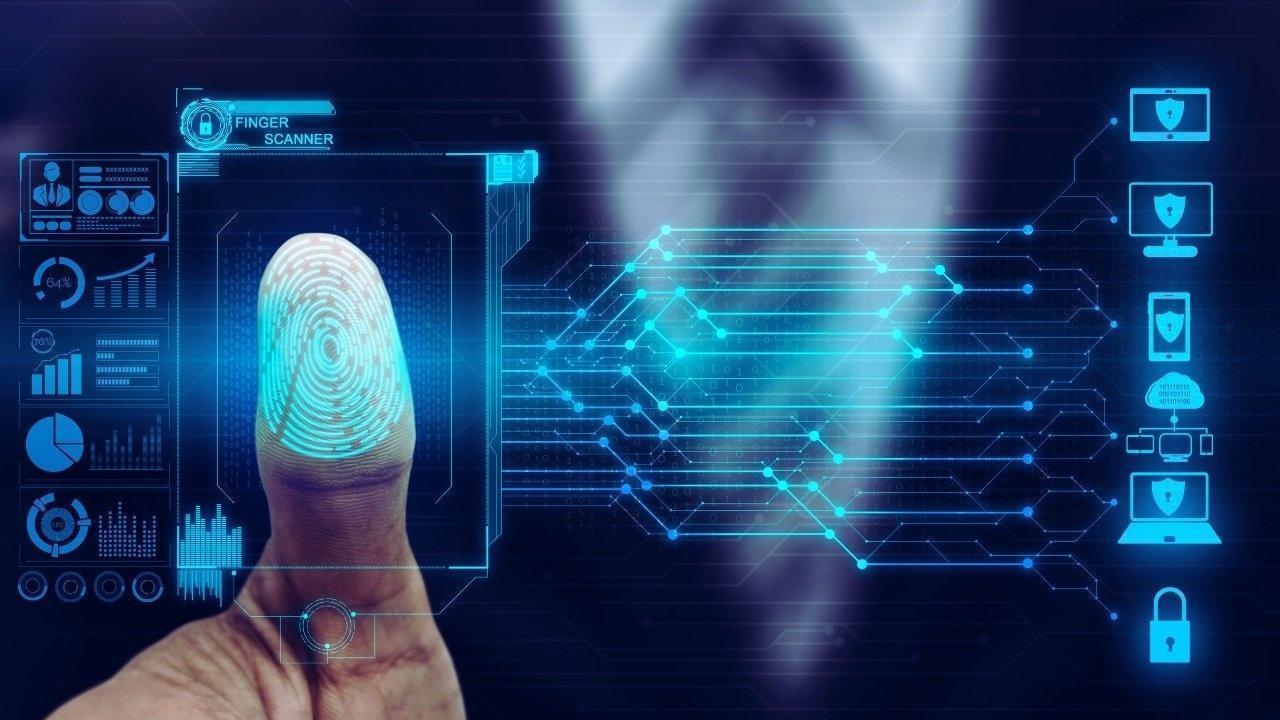
Join 10k+ people to get notified about new posts, news and tips.
Do not worry we don't spam!

Post by : Anis Farhan
In today's world, technology is deeply integrated into every aspect of our lives. From workplaces to banking, everything is intertwined with digital channels. However, this connectivity brings a critical challenge: greater exposure to vulnerabilities.
Artificial intelligence has significantly magnified this situation. It serves as a potent tool for cybersecurity, acting both as a protector and a potential threat. AI can identify threats within seconds while simultaneously orchestrating cyberattacks with alarming sophistication. This dual role necessitates that cyber-resilience emerges as not merely a technical necessity but a fundamental survival strategy for individuals and organizations alike.
Cybersecurity, once a niche concern, now falls under everyone's jurisdiction.
Cyber threats have evolved over the years, with phishing emails, password breaches, and malware becoming the norm. Today, AI accelerates these threats. What was once manually crafted is now automated, outpacing human responses.
AI has altered the landscape of threats by enabling:
– rapid automated breach attempts
– deepfake manipulation
– AI-driven phishing messages tailored to individuals
– password-guessing techniques based on user behavior
– extensive data scraping and identity profiling
– adaptive attacks that learn and evolve in real time
The level of sophistication has advanced beyond amateur tactics to algorithmic precision, demanding a transformation in cyber-resilience approaches.
Conventional cybersecurity has focused primarily on defensive mechanisms: firewalls, antivirus applications, secure networks. On the other hand, cyber-resilience extends beyond mere defense; it embodies the ability to withstand, respond to, and recover from incidents.
Adopting a cyber-resilience approach involves:
– anticipating potential threats
– proactive preparation
– minimizing harm during attacks
– ensuring swift recovery and continuity of operations
Given AI's rapid and unpredictable nature, resilience is now the gold standard. The question is no longer “if” an incident will occur, but rather “when.”
Despite the sophisticated technology at our disposal, human behavior remains the weakest link. Cybercriminals are well aware of this — AI-enhanced social engineering poses a significant threat.
Modern attackers utilize AI to:
– impersonate voices
– create counterfeit corporate emails
– pose as colleagues
– craft credible messages based on personal data
– produce deepfake videos requesting fund transfers or file access
AI doesn’t merely compromise systems; it undermines trust. Hence, awareness and training are as crucial as technical defenses.
Several pressing AI-driven risks include:
Deepfake Fraud
Utilizing fake audio and video requests to authorize transactions or access sensitive information.
AI-Generated Phishing
Crafting convincing messages tailored to individual victim's communication style and preferences.
Autonomous Hacking Tools
Scripts that can scan millions of systems for vulnerabilities within minutes.
Data Poisoning
Exploiting AI training datasets to skew outcomes within business systems.
Ransomware Evolution
Malware powered by smart decision-making, aimed at high-value targets.
Credential Harvesting and Identity Cloning
AI scraping digital footprints to impersonate real users.
The spectrum of threats today is more varied and adaptive than ever before.
While AI poses threats, it equally equips us with powerful tools to combat them.
AI-driven cybersecurity frameworks offer:
– real-time threat detection
– behavior-based tracking
– predictive analysis of risks
– automated response mechanisms
– rapid identification of malware
– identity verification through behavioral signals
Rather than waiting for attacks to happen, AI provides continuous monitoring and instant reactions. It constructs a security perimeter that adapts faster than human hackers can.
To foster personal cyber-resilience, consistent digital hygiene is vital. Recommended practices include:
– enabling multi-factor authentication
– regularly updating devices and software
– utilizing biometric logins when feasible
– storing passwords in encrypted managers
– exercising caution with links and attachments
– refraining from sharing sensitive data online
– verifying requests through secondary channels
– training oneself to identify manipulation signals
Cyber safety needs to be a lifestyle choice, not a one-off task.
Organizations must implement layered defense systems and proactive strategies. Key actions include:
– adopting AI-enhanced cybersecurity solutions
– running routine cyber drills and breach simulations
– employing zero-trust architecture
– maintaining ongoing employee training
– securing endpoint devices and internal networks
– safeguarding data across cloud services
– drafting clear incident-response plans
– assessing risks from third-party vendors
Cyber-resilience isn't just an IT concern; it's a priority for leadership.
Traditional security models operated under the assumption that threats were external. Today, threats can emerge from within networks, organizations, and supply chains.
A zero-trust model requires:
– no user or device is inherently trusted
– identities must undergo continual verification
– access is strictly on a need-to-know basis
– every request undergoes authentication and examination
Trust must be earned, not given freely. This perspective dramatically minimizes vulnerability.
As AI capabilities expand, ethical guidelines must evolve concurrently. Key areas of focus include:
– transparency of data
– design free from bias
– architecture prioritizing privacy
– training AI models securely
– responsible evaluation of AI vendors
Organizations should scrutinize not only their defense mechanisms but also how they develop and deploy AI systems.
Cyber-resilience encompasses more than technology; it delves into issues of trust, ethics, and regulatory compliance.
The next phase of cybersecurity will include:
– autonomous security agents
– AI-driven identity safeguarding
– behavior-based biometrics
– self-repairing software
– encrypted and decentralized identity management
– ongoing threat prediction models
The future holds a promise where AI not only detects threats but also anticipates and neutralizes them proactively.
In this evolving landscape, cybersecurity will transition from passive defense to an active, intelligent, predictive, and adaptable framework.
The advent of AI presents new opportunities alongside increased risks. As technology evolves at a rapid pace, our approach to defense must evolve too. Cyber-resilience becomes our new safeguard: proactive, strategic, and ever-adapting.
Preparedness is key to thriving in this landscape. Ignoring these changes increases exposure. Whether you are an individual or a corporate entity, the takeaway is clear:
Stay vigilant. Stay adaptable. Stay secure.
In a realm dominated by algorithms and connectivity, resilience is now a fundamental necessity.
This article serves educational and editorial purposes. Cyber-risk levels vary based on region, system, and user actions. Readers should consider their specific security needs and seek guidance from cybersecurity professionals regarding tools, audits, and compliance standards.










Suranika Roshan Celebrates Bakery Launch with Saba Azad's Support
Suranika Roshan opens her bakery, The Moon Beam Bakery, as Saba Azad shares an encouraging message o

Jets Make History with Unprecedented Special Teams Touchdowns
In a landmark game, the Jets scored two touchdowns on special teams, making franchise history with a

Chargers Secure 25-10 Win Over Steelers with Strong Defense and Herbert's Leadership
Los Angeles Chargers triumphed over the Pittsburgh Steelers 25-10, showcasing a formidable defense a

Rams Triumph Over 49ers; Adams Left with Minor Oblique Injury
The Rams secured a 42-26 win against the 49ers, but Davante Adams left the game in the fourth quarte

Jurel's Stellar Performance Raises Selection Dilemmas for India
Ahead of the South Africa Tests, Dhruv Jurel's impressive form complicates team selection as Rishabh

Ryan Williams Embraces Indian Identity, Joins Football Camp
Ryan Williams has transitioned from Australia to India, joining the national football camp in Bengal